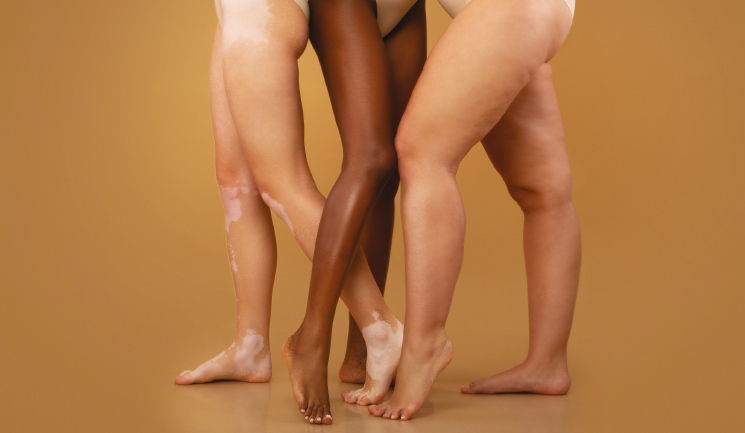Unlock exclusive content, industry insights, and professional connections


JOIN OVER 10,000 READERS TODAY! As a go-to source for aesthetics professionals, the Aesthetics Journal brings you curated content on the latest trends, techniques, and industry insights. Dive into our pages to discover expert opinions, innovative practices, and valuable information that caters to practitioners and businesses alike, making aesthetics knowledge accessible to all.
We bring you the most up-to-date information for the Aesthetics community across a variety of media, including; news, webinars, podcasts, the Journal, reports, interviews and more!
aesthetics Journal
The Aesthetics Journal is the leading monthly publication for the medical aesthetics specialty. It is peer reviewed and spans an incredible volume of topics. Become a member today to receive the monthly print and digital Journal.
contact@aestheticsjournal.com
0203 096 1228
2nd Floor, Regal House, 70 London Road
Twickenham TW1 3QS, United Kingdom
© 2023 Easyfairs UK Ltd | Registered in England No. 05067979